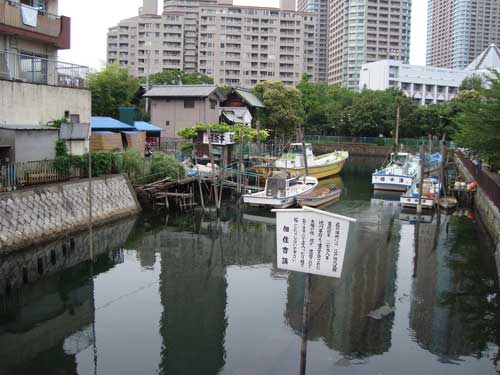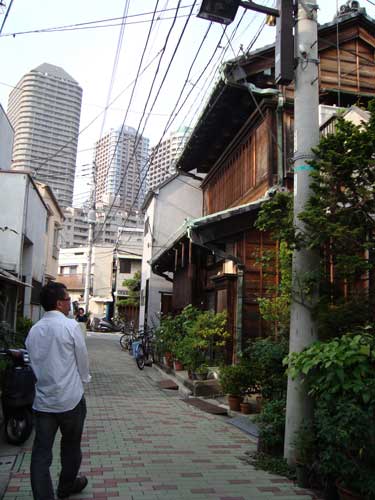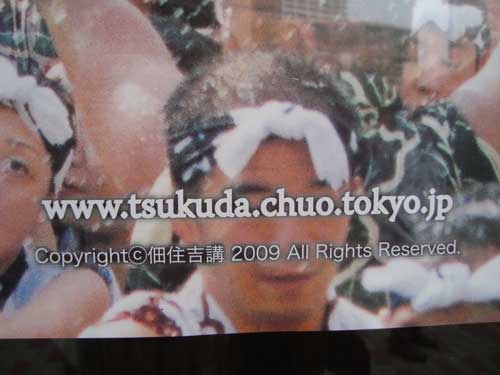
最近、芝浦についての私のインタビューが出ました。この三井不動産のプロジェクトは、住宅と同時に公共の公園も作り、新い住人と今住んでいる住人とのコミュニティーを作ろうとしています。画期的な計画だと思います。緑と水は人をつなげられます。
In August, I began working with Mitsui Real Estate, Recruit, and a small NGO to introduce a new luxury high-rise residential tower in Shibaura, a less known waterfront area between Shinagawa and Hamamatsucho. It’s near where the base of Rainbow Bridge is located.
In this online interview (in Japanese) and in real estate brochures distributed around Tokyo, I relate my experience working in the neighborhood at Shibaura House, where I led gardening and fieldwork workshops for locals and international visitors, adults and small children.
The new tower, which is just now breaking ground, contributes to the restoration of Edo-era canals by creating a public waterfront park. This park contributes to the developer’s goal of creating a resilient community that includes new and existing residents. Providing greater access to the waterfront also restores a vital part of Tokyo’s history that was neglected in the 20th century.

























